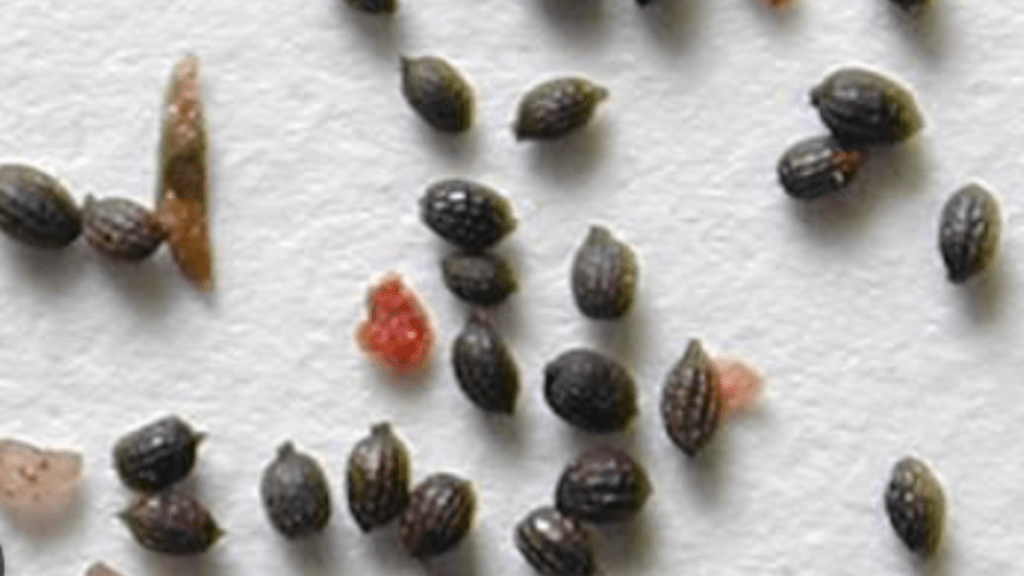
Top Tips for Growing : A Complete Guide for Beginners
Carnivorous plant seeds require specific conditions to grow successfully. When it comes to growing these unique plants, it’s important to start with the right soil. A mix of peat moss and perlite works well as it provides the proper drainage and acidity that these plants need to thrive. Additionally, make sure that your plants receive plenty of moisture, either through regular watering or by using a tray of distilled water. It’s important to keep the soil consistently moist, but not waterlogged, to ensure the seeds have the best chance of germination and growth. Additionally, providing plenty of sunlight is crucial for the development of carnivorous plants. By following these tips, you can set yourself up for success in growing carnivorous plant seeds.
Table of Contents
ToggleUnderstanding Carnivorous Plants
Carnivorous plants are unique and fascinating organisms that have adapted to capture and digest prey as a source of nutrients. There are different types of carnivorous plants, including Venus flytraps, pitcher plants, and sundews, each with their own method of capturing and digesting prey. These plants are typically found in nutrient-poor environments, such as bogs and wetlands, where they have evolved to supplement their diet with insects and other small creatures.
When it comes to growing carnivorous plants, it’s important to start with the right soil. A mix of peat moss and perlite works well as it provides the proper drainage and acidity that these plants need to thrive. Additionally, make sure that your plants receive plenty of moisture, either through regular watering or by using a tray of distilled water. It’s important to keep the soil consistently moist, but not waterlogged, to ensure the seeds have the best chance of germination and growth.
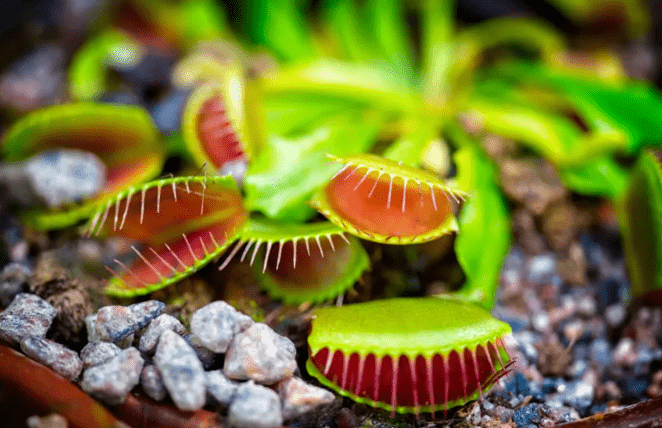
In addition to proper soil and moisture, providing plenty of sunlight is crucial for the development of carnivorous plants. These plants require a significant amount of direct sunlight to photosynthesize and grow properly. Be sure to place them in a location where they will receive at least 6 hours of sunlight per day.
By following these tips, you can set yourself up for success in growing carnivorous plant seeds. With the right conditions and care, you can enjoy the unique beauty and behavior of these fascinating plants in your own home or garden.
Overview of Carnivorous Plants
Carnivorous plants are unique and fascinating, and they require special care in order to thrive. A mix of peat moss and perlite works well as it provides the proper drainage and acidity that these plants need to thrive. Additionally, make sure that your plants receive plenty of moisture, either through regular watering or by using a tray of distilled water. It’s important to keep the soil consistently moist, but not waterlogged, to ensure the seeds have the best chance of germination and growth. In addition to proper soil and moisture, providing plenty of sunlight is crucial for the development of carnivorous plants. These plants require a significant amount of direct sunlight to photosynthesize and grow properly. Be sure to place them in a location where they will receive at least 6 hours of sunlight per day. By following these tips, you can set yourself up for success in growing carnivorous plant seeds. With the right conditions and care, you can enjoy the unique beauty and behavior of these fascinating plants in your own home or garden.
Benefits of Growing Carnivorous Plants
If you’re interested in growing carnivorous plants, there are several benefits to doing so. These unique plants can add an intriguing and unusual touch to your home or garden. They also provide natural pest control by consuming insects, which can be beneficial for keeping pests at bay. Additionally, growing carnivorous plants can be a rewarding and educational experience, as it allows you to observe their fascinating behavior up close. With the right care and conditions, you can enjoy the beauty and uniqueness of these plants while also reaping the benefits of their natural pest control abilities.
Types of Carnivorous Plant Seeds
Venus Flytrap Seeds
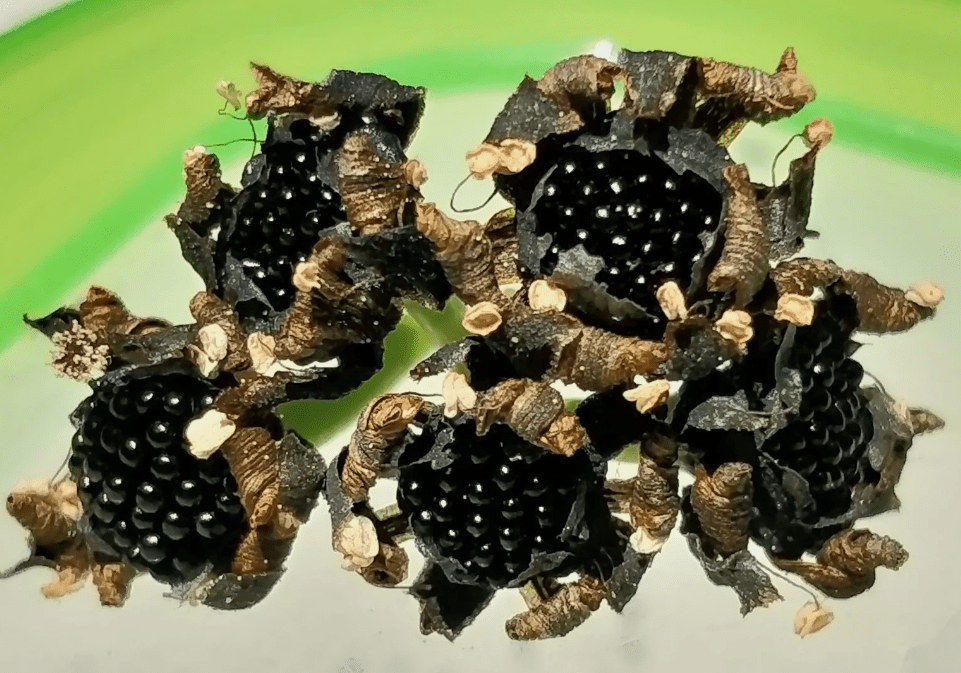
are some of the most popular and sought-after carnivorous plant seeds. These unique plants are known for their ability to trap and consume insects, making them a fascinating addition to any garden or home. Venus flytraps require a significant amount of direct sunlight to photosynthesize and grow properly, so it’s important to place them in a location where they will receive at least 6 hours of sunlight per day. By providing the right conditions and care, you can successfully grow your own Venus flytrap plant and enjoy its unique beauty and behavior.
Pitcher Plant Seeds
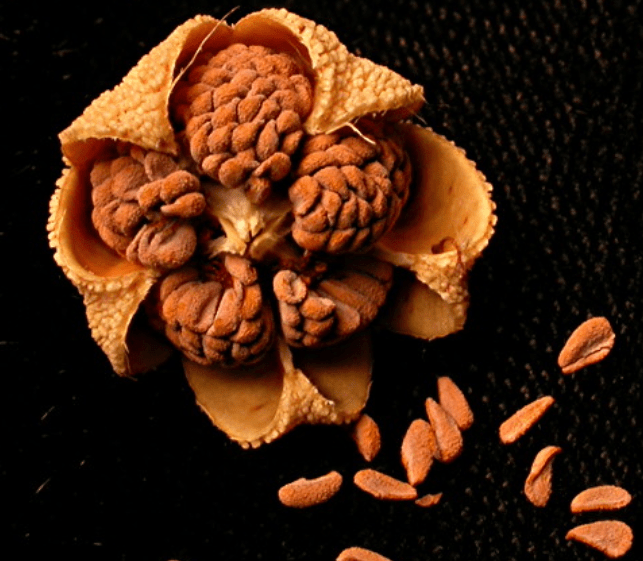
are another popular option for those interested in growing carnivorous plants. These plants are known for their unique pitcher-shaped leaves that trap and digest insects. Pitcher plants require a moist, acidic environment to thrive, making them a great choice for those who live in areas with high humidity or have the ability to create a suitable growing environment. With the right care and conditions, you can successfully grow your own pitcher plant and enjoy its intriguing and beautiful behavior.
Sundew Seeds
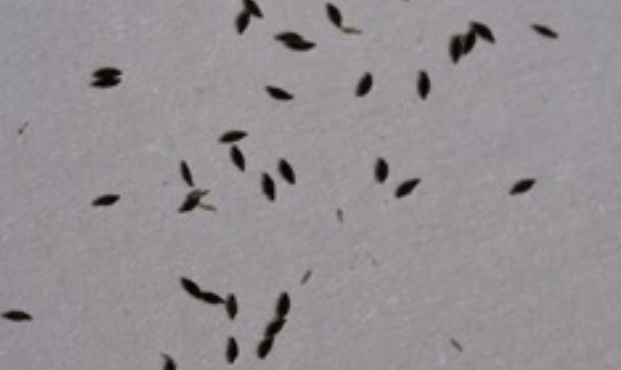
are also a great option for those interested in growing carnivorous plants. Sundews are known for their small, sticky tentacles that capture and digest insects. These plants require a moist growing medium, such as peat moss or a mix of peat and sand, to thrive. They also need plenty of sunlight, so be sure to place them in a location where they will receive direct sunlight for several hours each day. With the right care and conditions, you can successfully grow your own sundew plant and observe its fascinating and unique behavior. Overall, growing carnivorous plants from seeds can be a fun and rewarding experience that allows you to enjoy the beauty and behavior of these unique plants while also learning about their natural pest control abilities.
Sourcing Carnivorous Plant Seeds
Trusted Suppliers
When looking to grow carnivorous plants such as pitcher plants and sundews from seeds, it’s important to find trusted suppliers to ensure the quality of the seeds. There are many reputable online retailers and specialty nurseries that specialize in carnivorous plants and seeds. Be sure to do your research and read reviews to find suppliers that have a good reputation for providing high-quality seeds. It’s also a good idea to reach out to other carnivorous plant enthusiasts for recommendations on where to source seeds. By finding trusted suppliers, you can have confidence that the seeds you receive will be viable and have the potential to grow into healthy, thriving plants.
Seed Viability and Storage
are important factors to consider when growing carnivorous plant seeds. The viability of seeds refers to their ability to germinate and grow into healthy plants. When purchasing seeds, it’s important to choose ones that are fresh and have been stored properly to maintain their viability. It’s also important to store seeds in a cool, dry place to prevent them from losing their viability over time. Proper storage can help extend the lifespan of seeds and ensure that they remain viable for planting. By paying attention to seed viability and storage, you can increase your chances of successfully growing carnivorous plants from seeds.
Preparing for Planting
Necessary Tools and Materials
List of tools needed (e.g., soil mix, pots, watering can).
When it comes to growing carnivorous plants from seeds, it’s important to have the right tools and materials on hand. You will need a soil mix that is suitable for carnivorous plants, as well as pots for planting the seeds. A watering can is also essential for keeping the soil damp, as these plants require consistently moist conditions to thrive. It’s also a good idea to reach out to other carnivorous plant enthusiasts for recommendations on where to source seeds. By finding trusted suppliers, you can have confidence that the seeds you receive will be viable and have the potential to grow into healthy, thriving plants. Additionally, paying attention to seed viability and storage is crucial. Viability refers to the ability of the seeds to germinate and grow into healthy plants, so it’s important to choose fresh seeds and store them properly in a cool, dry place. By taking these steps and having the necessary tools and materials, you can increase your chances of successfully growing carnivorous plants from seeds.
Soil Preparation
is crucial when it comes to growing carnivorous plants from seeds. The soil mix you use should be well-draining and low in nutrients, as carnivorous plants thrive in nutrient-poor soils. A mix of peat moss and perlite or sand is often recommended for these types of plants. It’s important to ensure that the soil is moist but not waterlogged, as excessive moisture can lead to root rot in carnivorous plants. When planting the seeds, make sure to gently press them into the soil and keep them at a consistent depth. Watering is also important for seed germination, so using a watering can to keep the soil damp is essential. Additionally, reaching out to other carnivorous plant enthusiasts for recommendations on where to source seeds can be helpful in ensuring you get viable seeds. Paying attention to seed viability and storage is also crucial. It’s important to choose fresh seeds and store them properly in a cool, dry place to maintain their viability. By taking these steps and having the necessary tools and materials, you can increase your chances of successfully growing carnivorous plants from seeds.
Planting Carnivorous Plant Seeds
Step-by-Step Planting Guide
Detailed instructions for planting seeds.
First, it is important to ensure that the soil is moist but not waterlogged, as excessive moisture can lead to root rot in carnivorous plants. When planting the seeds, gently press them into the soil at a consistent depth. Watering is also important for seed germination, so use a watering can to keep the soil damp. It’s also helpful to reach out to other carnivorous plant enthusiasts for recommendations on where to source seeds, as this can ensure you get viable seeds. Pay attention to seed viability and storage – choose fresh seeds and store them properly in a cool, dry place to maintain their viability. By taking these steps and having the necessary tools and materials, you can increase your chances of successfully growing carnivorous plants from seeds.
Tips for ensuring proper seed depth and spacing.
When planting carnivorous plant seeds, it’s important to follow a step-by-step planting guide to ensure successful growth. First, make sure the soil is moist but not waterlogged, as excessive moisture can lead to root rot in carnivorous plants. When planting the seeds, gently press them into the soil at a consistent depth to ensure proper germination. Watering is also crucial for seed germination, so use a watering can to keep the soil damp.
It’s also helpful to reach out to other carnivorous plant enthusiasts for recommendations on where to source seeds, as this can ensure you get viable seeds. Additionally, pay attention to seed viability and storage – choose fresh seeds and store them properly in a cool, dry place to maintain their viability.
By taking these steps and having the necessary tools and materials, you can increase your chances of successfully growing carnivorous plants from seeds. Proper seed depth and spacing are essential for the healthy growth of carnivorous plants, so be sure to follow these tips to ensure a successful planting process.
Germination Process
When planting carnivorous plant seeds, it is important to follow a step-by-step planting guide to ensure successful growth. First, make sure the soil is moist but not waterlogged, as excessive moisture can lead to root rot in carnivorous plants. When planting the seeds, gently press them into the soil at a consistent depth to ensure proper germination. Watering is also crucial for seed germination, so use a watering can to keep the soil damp. It’s also helpful to reach out to other carnivorous plant enthusiasts for recommendations on where to source seeds, as this can ensure you get viable seeds. Additionally, pay attention to seed viability and storage – choose fresh seeds and store them properly in a cool, dry place to maintain their viability. By taking these steps and having the necessary tools and materials, you can increase your chances of successfully growing carnivorous plants from seeds. Proper seed depth and spacing are essential for the healthy growth of carnivorous plants, so be sure to follow these tips to ensure a successful planting process.
Caring for Seedlings
Watering and Humidity
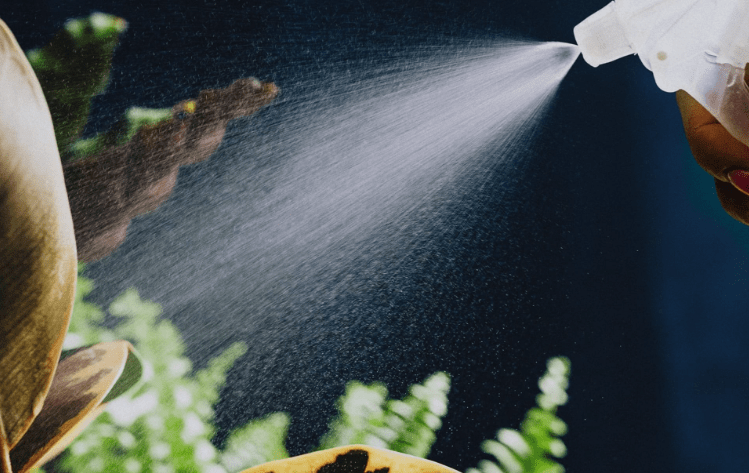
When it comes to watering carnivorous plants, it’s important to ensure that the soil is moist but not waterlogged. Excessive moisture can lead to root rot, so it’s crucial to find the right balance. Using a watering can to keep the soil damp is recommended for seed germination. Humidity is also important for the healthy growth of carnivorous plants, so it’s important to create a humid environment for them to thrive. You can achieve this by placing a tray of water near the plants or using a humidifier. It’s also helpful to reach out to other carnivorous plant enthusiasts for recommendations on watering and humidity, as they may have valuable insights to share. By paying attention to these factors, you can increase the chances of successfully growing and caring for carnivorous plants.
Light and Temperature Requirements
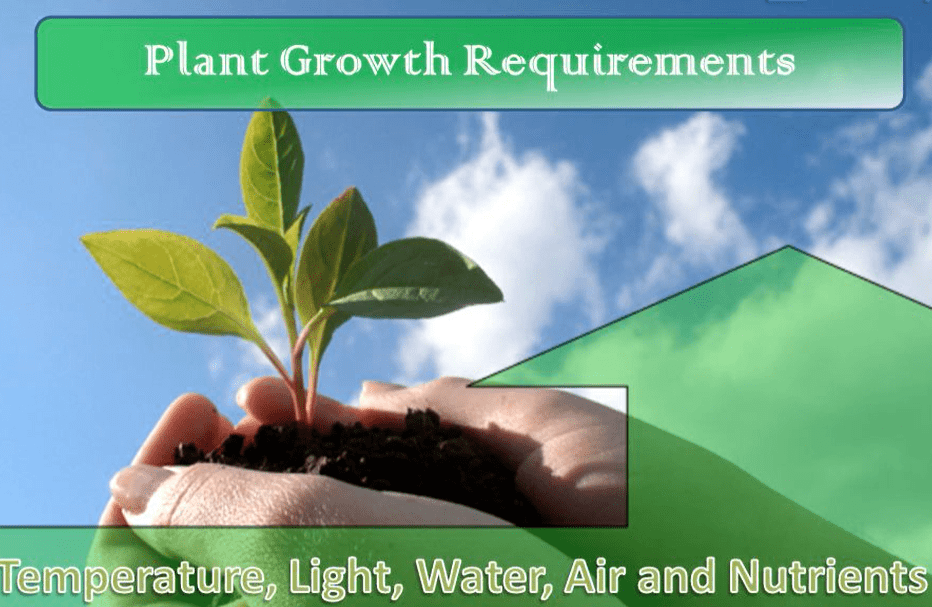
Caring for seedlings is crucial to ensure the healthy growth of carnivorous plants. When it comes to watering, it’s important to keep the soil moist but not waterlogged to prevent root rot. Using a watering can to keep the soil damp is recommended for seed germination. Humidity is also important for the healthy growth of carnivorous plants, so it’s important to create a humid environment for them to thrive. This can be achieved by placing a tray of water near the plants or using a humidifier. It’s also helpful to connect with other carnivorous plant enthusiasts for recommendations on watering and humidity, as they may have valuable insights to share. Paying attention to these factors can increase the chances of successfully growing and caring for carnivorous plants. When it comes to light and temperature requirements, carnivorous plants typically require bright, indirect light and temperatures between 60-80 degrees Fahrenheit. It’s important to place them in a location where they can receive adequate light without being exposed to direct sunlight for extended periods. Additionally, maintaining consistent temperatures within the recommended range is essential for their well-being. By providing the right light and temperature conditions, you can help your carnivorous plants thrive and flourish.
Common Challenges and Solutions
Pests and Diseases
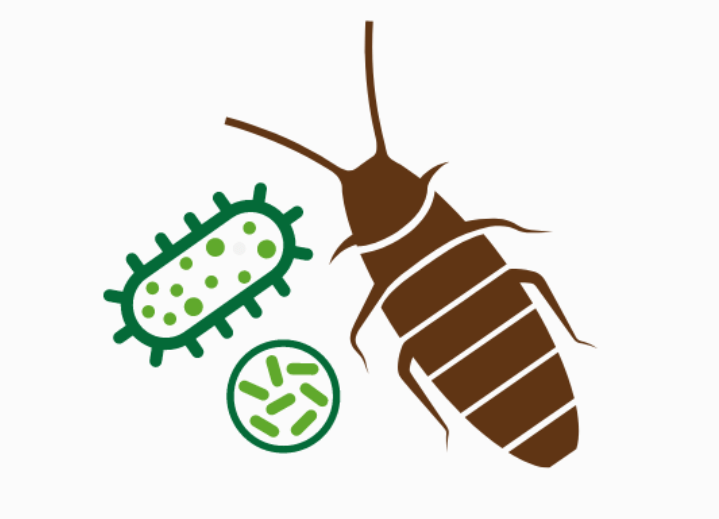
Carnivorous plants can be susceptible to pests and diseases, but there are ways to prevent and manage these issues. One common method is to place a tray of water near the plants or use a humidifier to increase humidity, as this can deter pests and diseases. It’s also beneficial to connect with other carnivorous plant enthusiasts for advice and recommendations on watering and humidity, as they may have valuable insights to share. By paying attention to these factors, you can increase the chances of successfully growing and caring for carnivorous plants. In terms of light and temperature requirements, these plants typically need bright, indirect light and temperatures between 60-80 degrees Fahrenheit. It’s important to place them in a location where they can receive adequate light without being exposed to direct sunlight for extended periods. Additionally, maintaining consistent temperatures within the recommended range is essential for their well-being. By providing the right light and temperature conditions, you can help your carnivorous plants thrive and flourish while minimizing the risk of pests and diseases.
Troubleshooting Germination and Growth Problems
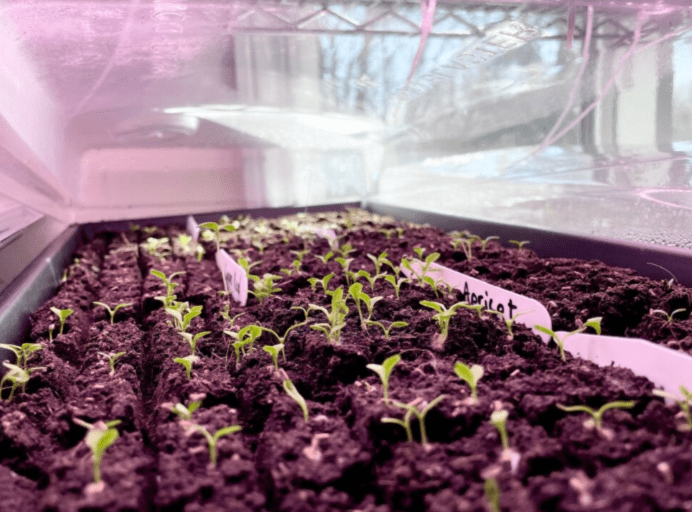
If you are facing challenges with germinating and growing your plants, there are some common issues and solutions to consider. One common challenge is pests and diseases. To prevent and manage these issues, you can increase humidity around the plants by using a tray of water or a humidifier. Connecting with other carnivorous plant enthusiasts can also provide valuable advice on watering and humidity. In terms of light and temperature requirements, carnivorous plants need bright, indirect light and consistent temperatures between 60-80 degrees Fahrenheit. It’s important to place them in a location where they can receive adequate light without being exposed to direct sunlight for extended periods. By addressing these factors, you can improve the germination and growth of your plants.
Transplanting and Long-Term Care
Transplanting your carnivorous plants can be a tricky process, but it is important for their long-term health and growth. When transplanting, make sure to use a soil mix specifically designed for carnivorous plants. This will provide the right nutrients and acidity levels they need to thrive. When choosing a new pot, make sure it has good drainage to prevent water from pooling and causing root rot. During the transplanting process, handle the plants gently to avoid damaging their delicate roots.
After transplanting, continue to provide the right light and temperature conditions for your plants to flourish. Consider using a tray of water or a humidifier to increase humidity around the plants and prevent pests and diseases. It’s also helpful to connect with other carnivorous plant enthusiasts to get valuable advice on watering and humidity.
In terms of long-term care, consistently monitor the soil moisture and water your plants with distilled water or rainwater to prevent mineral buildup. Make sure to keep them in a location with bright, indirect light and consistently maintain temperatures between 60-80 degrees Fahrenheit. With the right care and attention, your carnivorous plants will thrive and bring you joy for years to come.
Maintaining Mature Carnivorous Plants
requires careful attention and specific care techniques. When transplanting carnivorous plants, it’s important to handle them gently to avoid damaging their delicate roots. After transplanting, it’s crucial to continue providing the right light and temperature conditions for your plants to thrive. Consider using a tray of water or a humidifier to increase humidity around the plants, which can help prevent pests and diseases. Connecting with other carnivorous plant enthusiasts can also provide valuable advice on watering and humidity levels.
In terms of long-term care, consistently monitor the soil moisture and water your plants with distilled water or rainwater to prevent mineral buildup. It’s important to keep them in a location with bright, indirect light and maintain temperatures between 60-80 degrees Fahrenheit. With the right care and attention, your carnivorous plants will thrive and bring you joy for years to come.
In conclusion, growing carnivorous plants from seeds can be a rewarding and fascinating experience. By following the tips and techniques outlined in this guide, beginners can successfully nurture these unique plants and watch them thrive. Remember to be patient and attentive to the specific needs of each type of carnivorous plant, and you’ll be well on your way to becoming a successful carnivorous plant grower. Happy growing!
Frequently asked questions And Answer
Some easy plants for beginners to grow are herbs like basil, mint, and parsley, as well as vegetables like tomatoes, peppers, and lettuce.
Most plants need at least 6-8 hours of sunlight per day to grow properly. Make sure to place your plants in a sunny spot or use grow lights if you don’t have access to natural sunlight.
It’s important to water your plants regularly, but not too much. Check the soil moisture with your finger and water when the top inch of soil feels dry. Overwatering can be just as harmful as underwatering.
A well-draining potting mix is best for most plants. Look for a mix specifically formulated for the type of plants you are growing, such as cactus mix for succulents or a general-purpose mix for most indoor plants.
Fertilizer can help provide essential nutrients for your plants, but it’s important not to overdo it. Start with a balanced, all-purpose fertilizer and follow the instructions on the package.
Keep an eye out for any signs of pests or diseases, such as yellowing leaves or small insects. You can use natural remedies like neem oil or insecticidal soap to control pests, and proper watering and good air circulation can help prevent diseases.
Overwatering, using the wrong type of soil, and not providing enough sunlight are common mistakes that can hinder plant growth. It’s important to do your research and pay attention to the specific needs of the plants you are growing.
Take the time to learn about the specific needs of the plants you are growing, observe them regularly, and make adjustments as needed. Don’t be afraid to ask for help from experienced gardeners or plant experts. And most importantly, have patience and enjoy the process of watching your plants grow.
